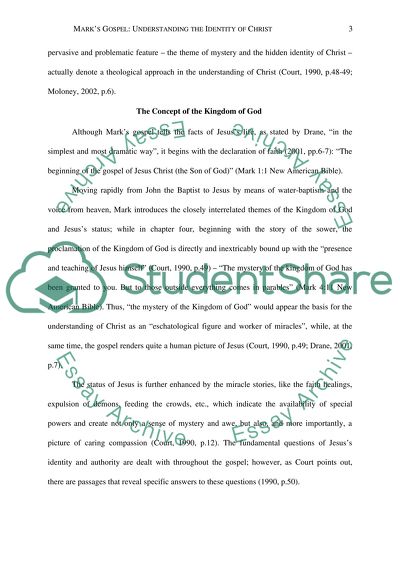Cite this document
(“Gospel of Mark Paper Essay Example | Topics and Well Written Essays - 1500 words”, n.d.)
Retrieved from https://studentshare.org/religion-and-theology/1624835-gospel-of-mark-paper
Retrieved from https://studentshare.org/religion-and-theology/1624835-gospel-of-mark-paper
(Gospel of Mark Paper Essay Example | Topics and Well Written Essays - 1500 Words)
https://studentshare.org/religion-and-theology/1624835-gospel-of-mark-paper.
https://studentshare.org/religion-and-theology/1624835-gospel-of-mark-paper.
“Gospel of Mark Paper Essay Example | Topics and Well Written Essays - 1500 Words”, n.d. https://studentshare.org/religion-and-theology/1624835-gospel-of-mark-paper.


